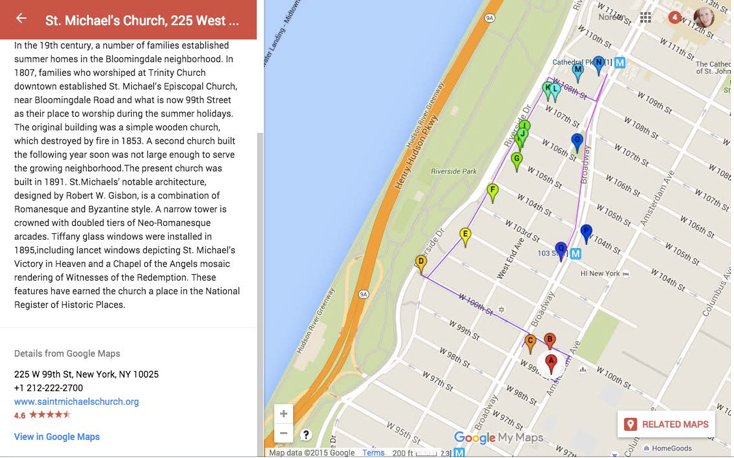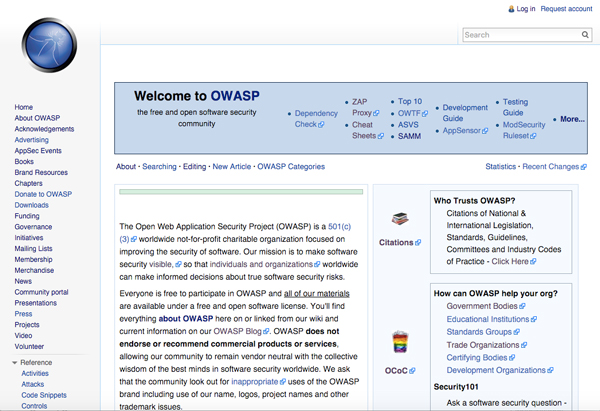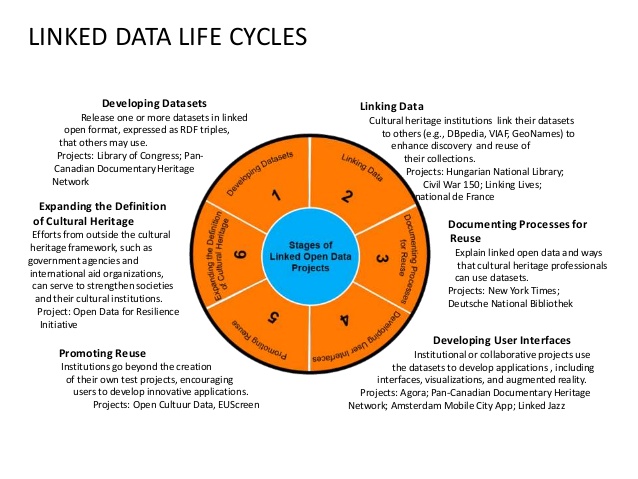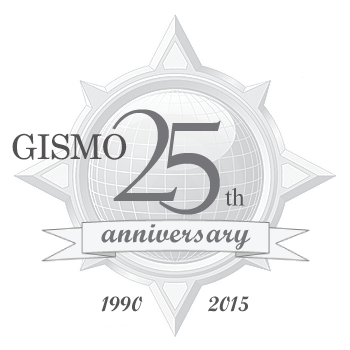Project Name: Second Screen aka P.I.T.C.H.Y. D.A.W.G. (Perfecting Interactive Technology for Content Heard by You Despite Awkward Word Groupings)
Short description: Platform for sharing related media synced with audio
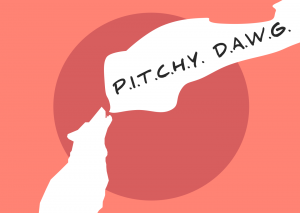
Team members: Daniel (@dpeterschmidt), Cassie Mey (@cassiemey), Matthew (@raingerber)(@marmstrong), Noreen Whysel (@nwhysel), Amye McCarther (@amye.mccarther), Marika Hashimoto (@marika.joyce), Cliff Hahn (@cliffhahn), Jennifer Vaughn
In one weekend, our team created a module-based curated audio experience developed for 3 basic types of Users/Listeners: Audio Only (average listener, just press play); Full Experience (Dynamic Window + Transcript, can listen to audio while getting an enhanced listening experience through Visual Info Cards based on Keywords/Tags); Highlights (Keywords/Tags are indexed and offered as “chapters”, listener can skip forward to sections when a topic of interest is discussed).
My Role: Content research, user journey, information architecture
Potential future enhancements: User-driven Search Tool for the transcript (to serve research needs); Option of choosing Autoplay function during Highlights experience, so user can continue listening if they are enjoying the section they started from; A new use for post-edit transcripts which can create improved Rewind/Fast Forward function based on complete thoughts, sentences, ideas rather than just timestamps; Pulling out metadata and indexing layered conversations (of different speakers) so you can compare them with other audio files.
Links and materials:
Presentation: https://docs.google.com/presentation/d/14A1p10adg-cO4cNcxNDmQCXhwqYjFlhuC2ORLlM0we0/edit?usp=sharing
Sample Audio: Gimlet Media, Surprisingly Awesome, Episode 10, “The Circle of Fifths” (3:41-4:52): https://github.com/nypl-openaudio/data-gimlet
Files: https://github.com/dpeterschmidt/open-audio-weekend
Open Transcript (edited; tries to identify speakers, music clips, sound effects):
https://opentranscript.herokuapp.com/transcript_files/circle_of_fifths_final.text?timestamps=1
Index of Keywords (Sheet 1 Index categorizes reference terms; includes url jumps, timestamps, word frequency; Sheet 2 reformats the edited transcript to a more readable script, includes color-coded timeline with layers of audio (speech/music/FX): https://docs.google.com/spreadsheets/d/18TOm6VPM5zHWYDxCXC6Xf9hyQw6r9qI1kyIUDO9iS-c/edit#gid=0
Slack #listen: https://openaudioweekend.slack.com/messages/listen/


